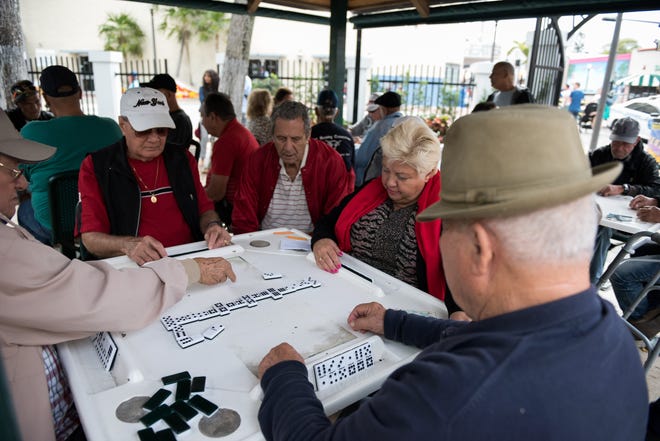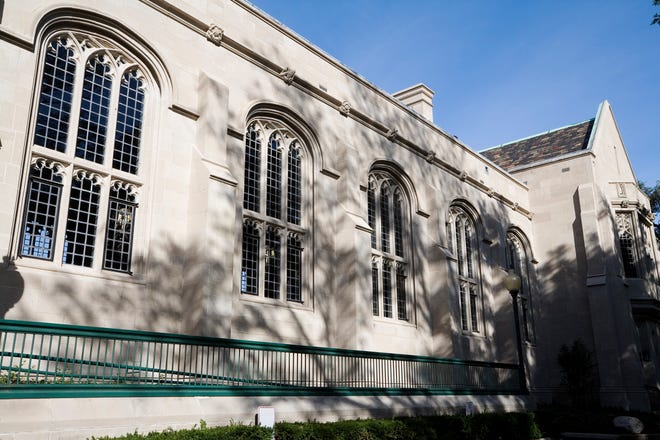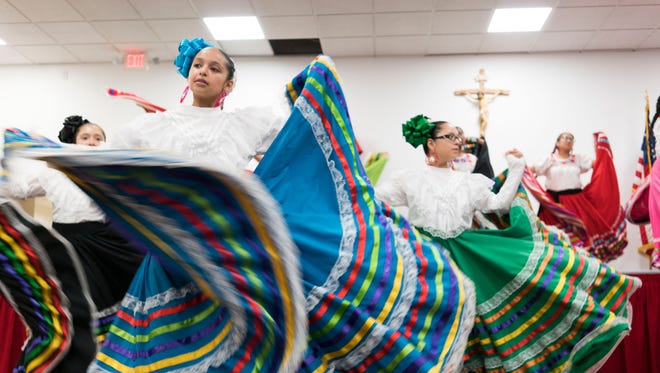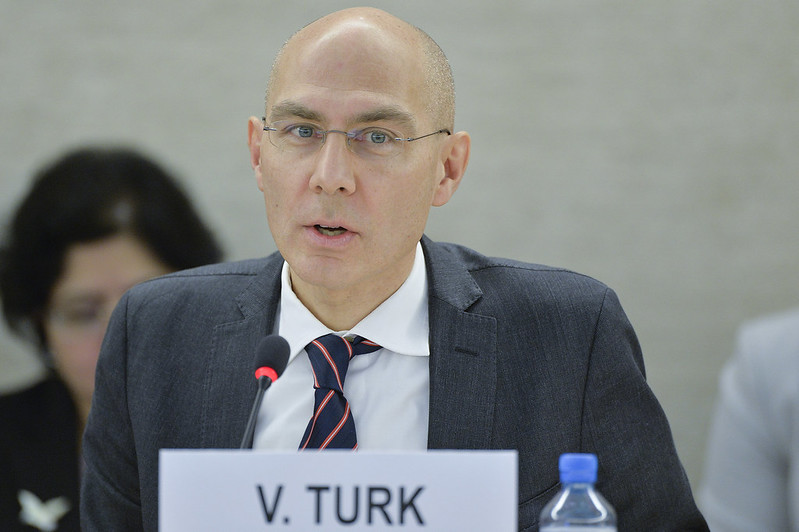Ana Gore grew up learning English and Spanish simultaneously. At home, her Peruvian mother would speak to her mostly in Spanish, while her American father spoke to her in English.
But early in life, Gore lost her fluency in Spanish. Her family in Peru didn’t expect her to speak the language, and when she did, it was “a big deal – it just wasn’t the kind of attention I wanted”. And she compared her level of fluency to her older sister’s Spanish.
“She had basically perfect Spanish, and I was so far behind that it was kind of a shame that if I couldn’t do it perfectly, I shouldn’t do it at all. ,” said Gore, a 20-year-old college student in Chicago.
Many US-born Latinos like Gore face the pressure and expectation to become fluent in Spanish. But many factors, including English dominance and language discrimination, make maintaining Spanish difficult for many Latino families in the United States.
Although the number of Latinos who speak Spanish at home is increasing, the percentage has declined — from 78% in 2000 to 68% in 2021, according to the Pew Research Center. Among US-born Latinos, the percentage dropped from 66% to 55%.
The decline in the percentage of Latinos who speak Spanish at home is because Latino population growth has been driven by births as immigration from Latin America has slowed. In 2020 and 2021, nearly all of the growth in the Hispanic population came from births, according to Pew.
“We’re talking about the percentage of Latinos in the United States who speak Spanish, the percentage is decreasing because the language is being lost among the US-born,” said Phillip Carter, a professor of linguistics at Florida International University.

Language skills tend to decline across generations. In the United States, immigrant languages other than English are typically lost after three generations. According to a 2017 report by Pew, about half of second-generation Latinos are bilingual. The percentage drops to 24% among third-generation or older Latinos.
Spanish, however, may hold up longer than other languages in areas of the country such as Florida’s Miami-Dade County, which has a large percentage of Spanish speakers, or Texas, where the language has a historic presence, Carter said.
“On the one hand, Spanish, depending on the region, can hang around longer than other languages,” Carter said. “On the other hand, Spanish can be extremely stigmatized in some parts of the country and associated, due to political discourses, with toxic identities, identities that are constructed as criminal.”
Linguistic discrimination
For many Latinos, it takes “a tremendous amount of effort” to maintain their Spanish, said Lourdes Torres, a professor in the Department of Latin American and Latino Studies at DePaul University in Chicago.
The loss of Spanish is not due to an individual problem of Latinos not wanting to learn or maintain the language, but rather “the really hostile context in the US against other languages, especially Spanish and indigenous languages, languages that are not considered prestigious, and people who they speak it,” Torres said.
During the first year of the pandemic, half of Latinos in the United States reported experiencing some form of discrimination, and about 23% said they were criticized for speaking Spanish in public, according to Pew.
“First-generation parents, for example, suffer a lot when they get here because they don’t speak English or don’t speak English well,” said Torres, whose book on the use of the Spanish language in Chicago is coming out next year. “And they don’t want the same thing for their children. Instead of promoting bilingualism, often parents – to save their children from the agony they had, the discrimination they felt because of the language – they push them to learn only English.”
It wasn’t until Gore enrolled in a course for heritage speakers of Spanish at DePaul that she was able to regain much of her fluency. She took the class to challenge herself and because her mother always wanted her to have a connection with the language.
“I’ve had a very difficult relationship with the Spaniard for years,” Gore said. “I could hardly get the words out of my mouth. I could think and understand what people were saying, but I just couldn’t get the words out because I was just afraid to say it.”

Some Latino families emphasize Spanish or speak only Spanish at home, Torres said. But once the child starts school, the curriculum is entirely in English, making language retention difficult.
In the early 20th century, English-only school curricula were the norm, even though there is no official language in the United States, said Laura K. Muñoz, an assistant professor of history and ethnic studies at the University of Nebraska-Lincoln.
“We have an expectation that these kids will really assimilate into the English language at the expense of their native language, because the goal here is to take away the Spanish language, ideally to take away their cultural ways of Americanized,” Muñoz. said.
By the late 19th century, Arizona, for example, required English-only instruction in every school in the territory, Muñoz said. And in California, it wasn’t until 1947 that a federal court decided to end segregated schools for Mexican children—the first federal decision to desegregate schools in the country.
“We assume that this failure to retain the language has to do with us—the way we were raised, our parents’ inability to succeed in learning Spanish—when in fact there are so many other pressures that come into it both. parents and children,” said Muñoz. “When I think about the loss of the Spanish language, the big word is pity.”
Preservation of language
For Muñoz, the loss of Spanish causes many Latinos to question their identity. The big question many people who have lost Spanish ask themselves, she said, is, “Am I really Latino?”
“We believe that (Spanish) is an identity marker because people from the outside tell us ‘Oh, well, you’re not real Latino if you don’t speak Spanish,'” Muñoz said. “We’ve been in American school systems that have told us ‘Well, you’re not a real American and you don’t speak English.’ So when you’re caught between that kind of a rock and a hard place, it makes you question your identity.”

However, for many younger Latinos, not speaking Spanish does not strip away their identity.
“There’s a lot of judgment if you’re a Latino who doesn’t speak Spanish,” Gore said. “It’s very stigmatized and I think maybe it shouldn’t be because, you know, it’s not because of the child.”
Losing a language at some point in life does not mean it is lost forever. With the right motivation and encouragement, people can regain comfort in the language, Torres said.
“Languages can be revived,” Torres said. “All it takes is desire and the right context, and people can reconnect with their language.”
For Gore, regaining her Spanish fluency has been a relief. Her relationship with Spanish, she said, is now at a point of healing.
“I’ve had a lot of kind of emotional turmoil and kind of trauma associated with it,” Gore said. “But now it’s much safer and more of a haven where I feel comfortable with myself and not just being half Latino, but being a whole person with multiple languages and multiple cultures and these things don’t need to divide me as a person. ”


